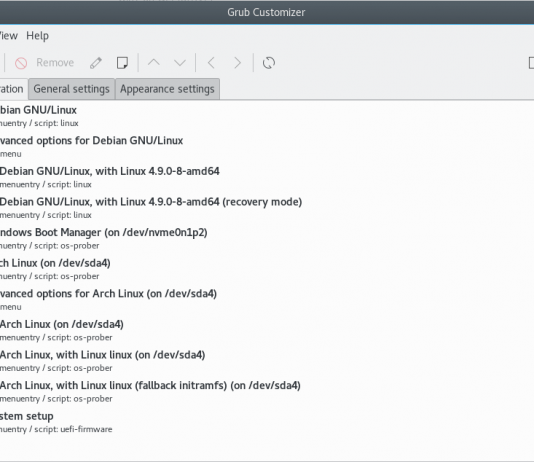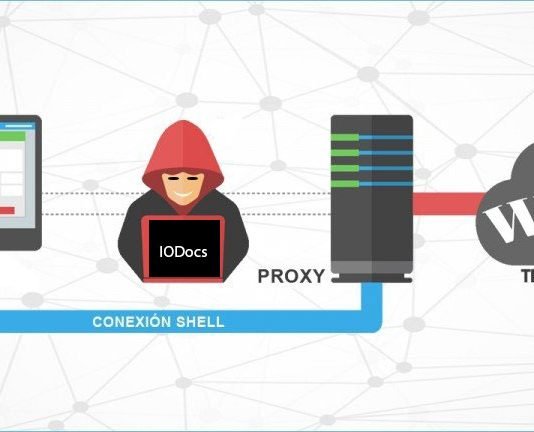In the event that something bad happens and you need to restore your WordPress blog from this backup, you could extract the files and replace what you currently have, then import the SQL file into MySQL. This is a full snapshot, not an incremental backup.
Conclusion
Grub Customizer is a great application, it allows you to add or edit menu entry and change the default OS boot with GUI....
As of Ubuntu 11, there is no longer a ia32-libs ensemble. Because of this, old x64 packages will stop to be available on their...
Configure proxy settings like follows on Debian / Ubuntu Client.





